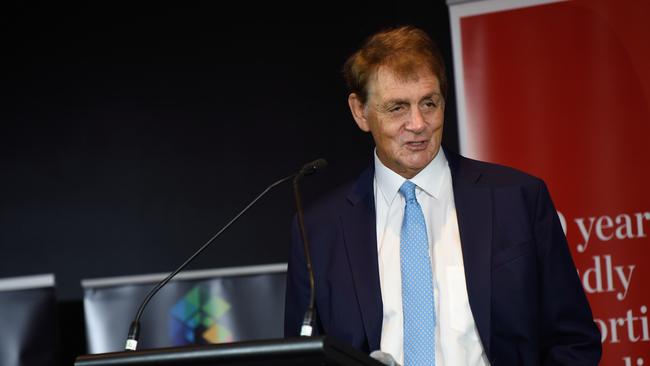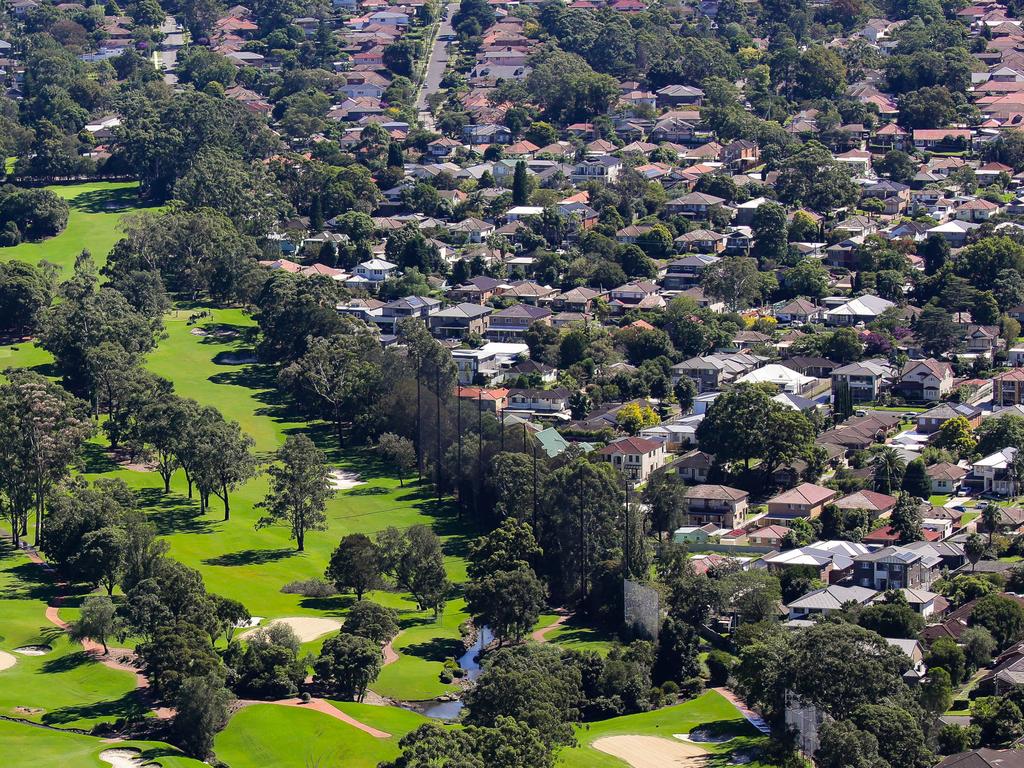Westpac slashes growth outlook for economy as Covid lockdowns bite
Influential economist Bill Evans of Westpac has slashed the bank’s Covid-economy growth forecasts, bolstering his view the Reserve Bank will increase its stimulus.

Influential economist Bill Evans has slashed his growth forecasts amid extending Covid lockdowns, bolstering his view that the Reserve Bank will decide to increase its policy stimulus.
The Westpac chief economist now sees a 4 per cent contraction in national growth for the September quarter versus the June quarter, with Victoria expected to stay in lockdown through until the end of October amid “stubbornly high” case numbers.
The state recorded 208 new cases of locally acquired Covid on Friday and NSW 1431.
NSW Premier Gladys Berejiklian said “the next fortnight is likely to be our worst”.
Reserve Bank forecasts last month assumed a faster vaccine rollout would reduce the frequency and severity of lockdowns and allow the international border to be reopened from mid-2022.
They assumed the Greater Sydney lockdown would extend through the September quarter, with brief and or less severe restrictions in parts of Australia in the December quarter.
Mr Evans also cut his December quarter growth forecast to 2.6 per cent. He saw zero growth for 2021 compared to 2020, down from 2.4 per cent previously forecast. His 2022 growth forecast was revised up to 7.4 per cent from 5 per cent forecast in mid-August.
“As Victoria has struggled to contain the virus in the intervening weeks it became clear that extensions to the lockdown would be necessary but we have waited for more concrete guidance from the government,” Mr Evans said. “That guidance was delivered this week with Premier Andrews abandoning the zero cases target in favour of a vaccination target. Our new forecasts assume Melbourne will remain in lockdown until the end of October, although there will be some easing in the Victorian regions.”
His forecasts still assume that NSW emerges from lockdown in early November. NSW is expected to contract 8.3 per cent in the September quarter, and Victoria to contract 5.7 per cent. Westpac’s expected recovery pace in NSW in the December quarter has been lowered to 2 per cent while Victoria is forecast at 1.9 per cent.
“The early stages of the recovery are now expected to be much more restrained than earlier expected as state borders remain closed and the NSW and Victorian governments, despite achieving the 80 per cent vaccination targets, are cautious about overwhelming already stretched hospital systems,” Mr Evans said.
“The openings in NSW and Victoria are expected to be in the context of ongoing heavy caseloads.”
The weaker growth outlook will hit the labour market via hours worked and participation. Unemployment is expected to hit 5.8 per cent next month from 4.6 per cent in July.
But while the pace of vaccination in Queensland and WA suggests they will stay closed to NSW and Victoria until “well into December”, the nationwide vaccination rate should hit 90 per cent in early 2022, “allowing the economy to recover quickly”.
Recovery will be underpinned by a “large boost” in federal government stimulus as a federal election draws near, the reopening of NSW and Victoria, a strong household balance sheet with a savings rate “well above 10 per cent”, reopening of all borders by mid-year; a booming housing market and a strong world economy. But the recovery profile carries “much uncertainty”.
“Low levels of vaccination in the developing world raise the prospect of new vaccine resistant mutations (and) questions about the duration of the efficacy of the current vaccines have been raised with the prospect of regular boosters on the horizon,” Mr Evans said.
Vaccine hesitancy, particularly in the “zero case” states may be higher than estimated – delaying the reopening of borders or risking the problems we see in the US where the rate of vaccination varies widely across states.
“Domestic risks centre around potential scarring in the business sector as policy support in these lockdowns is much less generous than JobKeeper, especially in Victoria where there has been a patchwork of support measures compared to the JobSaver package in NSW,” Mr Evans said.
In his view the RBA “should respond” by increasing its weekly bond purchases from $5bn to $6bn next month rather than decreasing them to $4bn as currently planned.






To join the conversation, please log in. Don't have an account? Register
Join the conversation, you are commenting as Logout